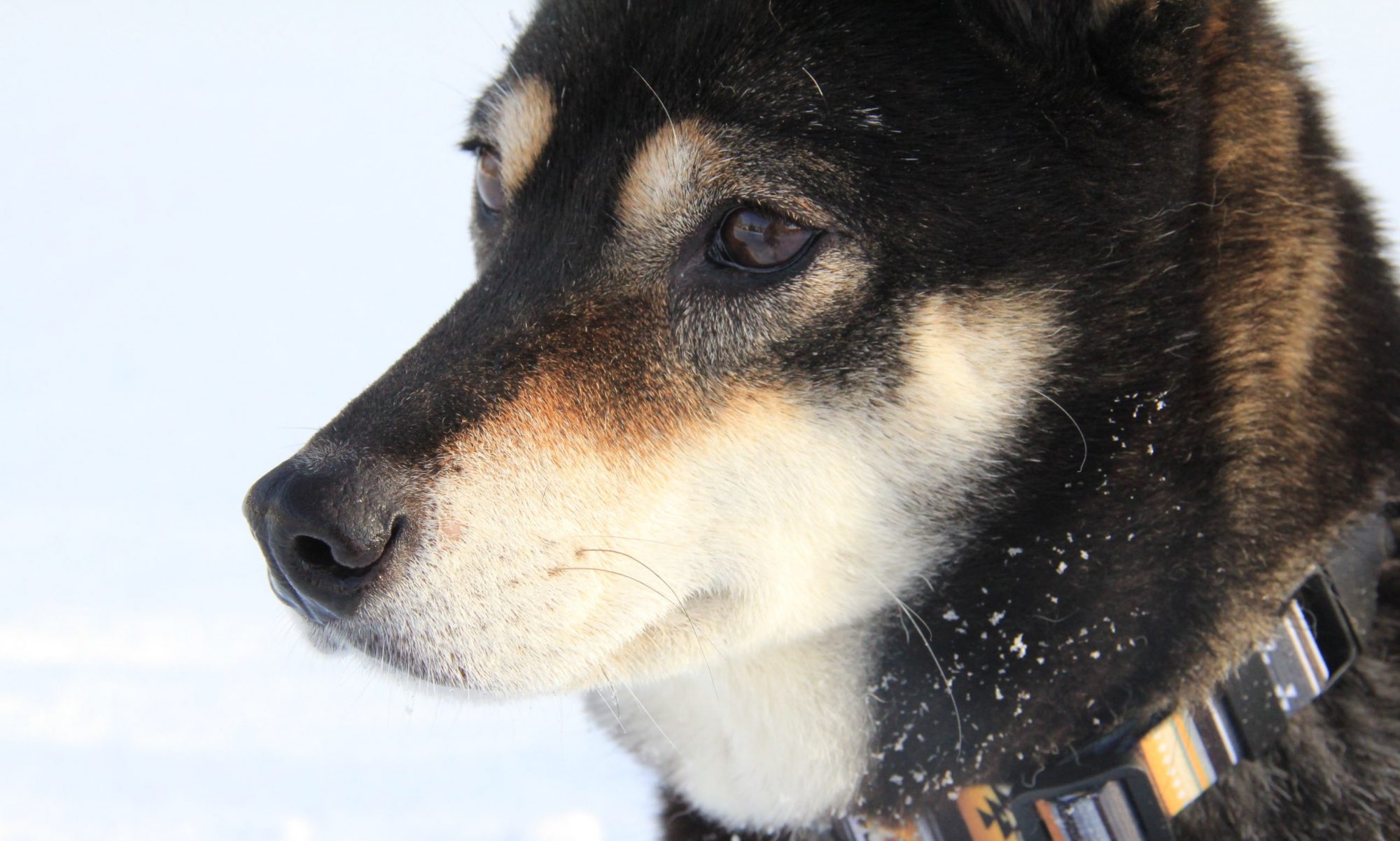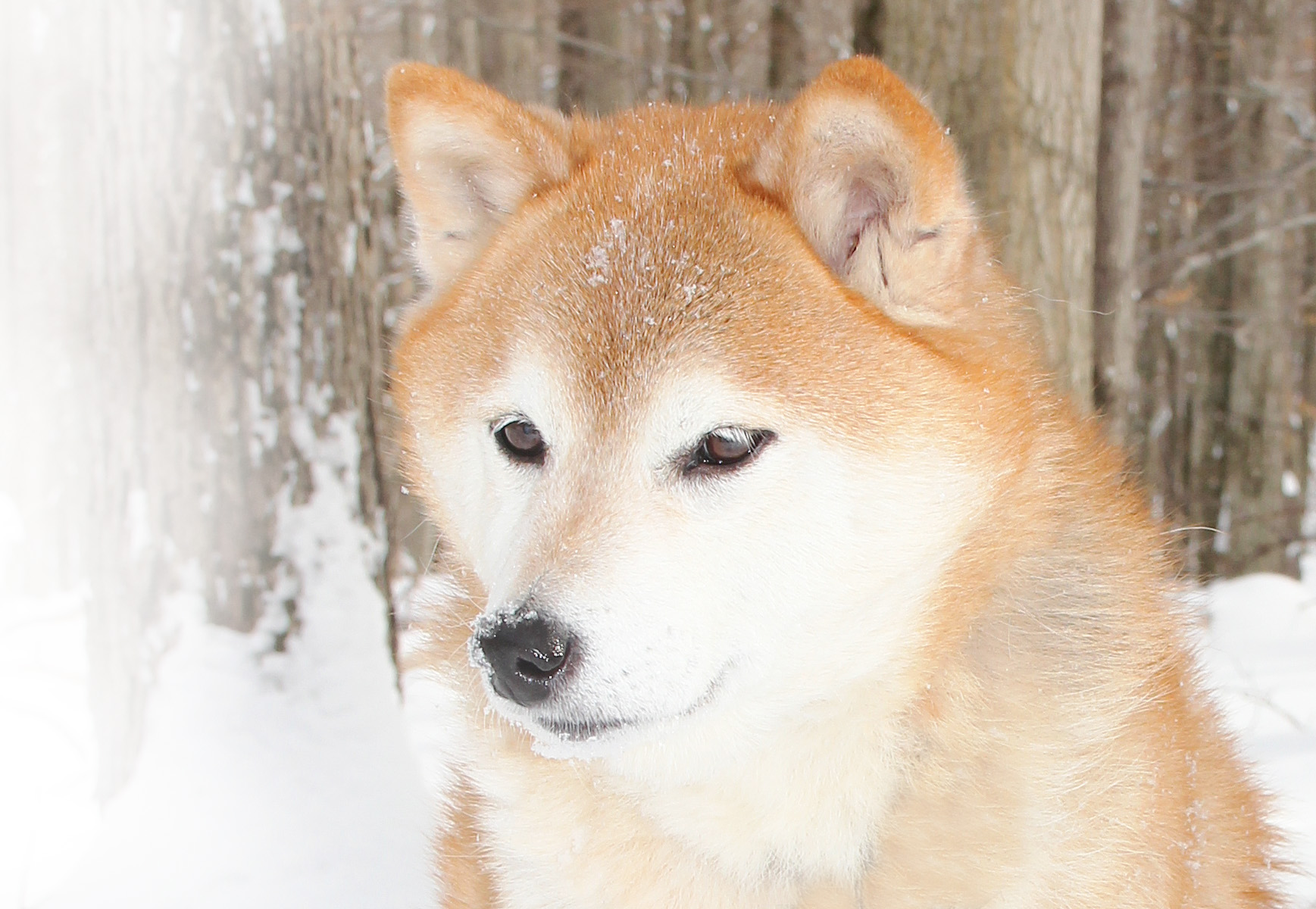Kristy speaks about holistic animal healing and aromatherapy at Your Dog’s Place with PA Live. The products are available from the SitStayZen Shop.

Kristy speaks on Dorrie Wilson’s program “It’s About Dogs” on www.wfte.org.
Electric City – Interview:
(Note: Scranton, PA based Electric City andThe570.com has since become: accessnepa.com.)
Up Close: Kristy Cammerota
Up Close & Personal
Sit Stay Zen: Pawsitive Training and Treatments
Holistic medicine and alternative remedies are becoming widely known thanks to their positive results and healthy benefits. Kristy Cammerota is able to provide these natural in-home services — to animals. As a certified dog trainer and holistic animal practitioner, Cammerota opened her own business called Sit Stay Zen to share her training and non-invasive treatments and has experience working on a variety of animals, from domestic pets to cows and pigs. Her love of animals is apparent as she applies her education in Reiki (the Japanese technique for stress reduction and relaxation that also promotes healing) acupressure, as well as her work experience in aromatherapy, to help keep their lives in balance.
Meet Kristy Cammerota …
What made you decide on the business name Sit Stay Zen?
It sums up everything that I do. I am a certified dog trainer. That’s where the “sit” and “stay” come into play. However, I’ve really found that my business is a very integrated holistic approach. Often when I’m dealing with a behavioral problem from an animal, I can also address it with aromatherapy or do an acupressure treatment. I wanted zen in the name since so many people know me through “Zen Doggie” (an aromatherapy product) because I’ve been making it for about five years now.
Where did your love for training and caring for animals come from?
When I adopted one of my dogs, Daisy, who was a German shepherd and had no training at 11 months old, I thought “I’ve got to get her to classes immediately.” As soon as I went into the classes, the idea of how I would work with animals fell into place and I knew I wanted to be a trainer. When I was in a car accident, I had acupuncture and it helped me immensely. Once I saw the power of acupuncture, I wanted to involve that with helping animals. Everything I’ve done has been a progression of “How can I use this to help animals?”
Where did you receive your education for training and treating animals?
I received my dog training through a distance program at Penn Foster. At the same time I was taking Daisy through classes, I was working with a training center, Pocono Canine College. I would go and watch their advanced classes. I was not quite graduated when Betty Caruth from the Minerva Educational and Treatment Center in Honesdale called me. She just adopted a dog from the Dessin Animal Shelter who she wanted me to train. I told her “I’m not fully certified yet and you’d be my very first client.” She offered a trade to certify me in Reiki level one if I trained her dog. I didn’t even know what Reiki was at the time, but I took her offer and was certified in Reiki level one and later level two. I went on even further to study under another Reiki master, Bonnie Robinson, of the Sanctuary at Smith Hill and that’s when I got certified as a Reiki master teacher. I enrolled in school at the end of 2007 and graduated in 2009 for acupressure, which was also a distance program through the Rocky Mountain School of Animal Acupressure and Massage. I’m now certified not only in canine acupressure, but also equine. I also worked for Maya Minwah, who is a certified aromatherapist at the Sanctuary of Oils in Honesdale and had an interest in applying that to animals.
What are some of your training techniques?
I’m a positive dog trainer. I use the clicker a lot and everything is positive from the standpoint of the dog. I use a combination of food and praise, so once you ween the dogs off of the food, the praise is still there. It’s all about increasing the bond and instilling communication between you and your dog so he or she wants to do what you’re telling him. It’s not that they’re being punished if they don’t do something.
Tell us about Reiki and acupressure.
Reiki is dealing with the magnetic field around the body. Everyone has a surrounding field. They’ve actually been able to photograph it for scientific evidence through Kirlian photography with a special camera that’s designed to pick up on energy. It’s like if you were sitting with your eyes closed, but you would still know if somebody came up behind you because you can feel and sense that. You’re dealing with the energetic field. What’s really interesting about Reiki is that you can usually address a problem that is deep-seated that you can’t get at any other way because you’re just sending energy to the person or, in my case the animal, for their highest good. You let the energy go wherever it needs to go. It’s very relaxing.
I always wrap up my sessions with Reiki because it often puts animals to sleep. I work the acupressure points first because, when I’m working on each point, I’m taking notes and trying to figure out what’s going on with the animal. In acupressure, each point corresponds to something that’s going on in the body. I wouldn’t be able to see their reaction to those points if I did Reiki first because they’d be too relaxed and wouldn’t give me feedback.
These methods of treatment are sometimes questioned in the medical world when used with humans. Without the form of communication through speech, how do you know these treatments are successful on animals?
I actually know it more than with humans. It’s amazing. I had a collie shepherd mix who was 17 years old and. I did weekly sessions on her and I started treating her for her hind end issues, but then I found out she had Cushing’s disease and I was paying attention to the acupressure spots for that disease too and she had occasional seizures as well. Her seizures disappeared, the things that were going on with the Cushing’s disease — she was constantly thirsty and would have to leave during her session and drink a whole bowl of water and often throw up — but she slowed down her drinking and was able to stop vomiting. Every week I would come back and her owners would have an update, like “her appetite increased.” It’s visual confirmation. That dog in particular could not hold herself up at the beginning of sessions. Her owner would always have to be there to hold her up so I could work on her. As I continued my sessions, the dog started to stand for the whole treatment. There’s proof in the pudding.
Have you works with other animals besides household pets?
Yes. I have worked with cows and pigs. These treatments are applicable to all.
When you do acupressure, how do you discern what points?
I talk to the pet owner beforehand or do an in-person consultation to know everything that’s going on with their pet and do research to choose my starting points. While I can’t diagnose, once I do start to work on the animal sometimes I will find something else going on inside their body.
What made you become an acupressure practitioner instead of an acupuncturist?
I could not get certified as an acupuncturist unless I was a veterinarian. At the point that I started, I decided not to go to vet school just to become an acupuncturist. What I love about acupressure is that you’re not using the needles and you’re working the exact same points. I can work a point and see the animal’s reaction and know if I need to give more or less pressure. It’s very telling to work that way.
Are there any medical conditions that would make acupressure or Reiki inadvisable for animals?
Not necessarily. You have to be careful around pregnant animals. There are definite points that can induce labor. That’s the same thing with aromatherapy, too. There’s usually no reason to do acupressure on a very young animal because they’re completely balanced at that point. You can use Reiki on anything since you’re just working with the energy field. It’s even beneficial on pregnant animals.
Tell us about your aromatherapy.
I researched what other animal aromatherapist who have safely used different essential oils have done because there are definitely some that should not be used with animals, but are OK to use with people. Everything I make I use on myself too and make sure my skin doesn’t burn because there’s no way I’m going to put anything on my animal if I have a reaction to it. My flea and tick products are only for prevention. It’s not going to kill anything, but they’re a safer application than dealing with something that might give a dog or cat side effects from having all these types of commercial products on them. My “Zen Doggie” is my most famous oil. It’s very relaxing and is was formulated for anxiety in dogs, but has helped dogs with aggression and other problems, too.
What else would you like people to know about your holistic treatments?
What’s so important is educating and letting people know there are alternatives out there. It’s funny because my line of work is considered alternative medicine, but in China they’ve been using acupressure, acupuncture and herbs for thousands of years. I’m never a substitute for veterinary care, I do want to say that. You wouldn’t call me if your animal is bleeding or if there’s something really strange going on. However, everything can benefit from natural solutions and we should realize we — as well as our animals — can simplify and don’t need to deal with these extra chemicals in our food or in our products.
— cathleen lathrop


